If you're planning to have a fireplace at your house, you should know how much space it'll take up in your place. This will allow you to make the necessary preparations. That's what we will talk about today. We've consulted experts on the optimal fireplace size in relation to the size of the room, and here's what we found out.
Fireplaces come in different sizes:
- Small fireplaces have dimensions of 24"x24"
- Medium fireplaces are 36"x30" in size
- Large fireplaces have 48"x32" dimensions
For gas-powered fireplaces, size is directly proportional to heat output; the larger the physical size, the more heat output. But in reality, homeowners can choose whatever size they prefer based on their heating needs and how it goes with the overall design of their room.
Keep on reading so we can tell you more about the typical fireplace dimensions and how much space is needed around a fireplace to ensure its safe use. This article will also answer if you can put a fireplace anywhere, if you can put laminate flooring in front of a fireplace, and lastly if fireplaces add value to a home. Let's get down to it!
![A fireplace with white mantel and white panel walls, How Big Is A Fireplace? [Dimensions Explored]](https://hvacseer.com/wp-content/uploads/2022/01/How-Big-Is-A-Fireplace-Dimensions-Explored-683x1024.png)
What are the typical fireplace dimensions?
Gone are the days when fireplaces were used for cooking food and heating water. Fireplaces are now installed in modern homes to provide heat and comfort along with a relaxing ambiance that they give to a place.
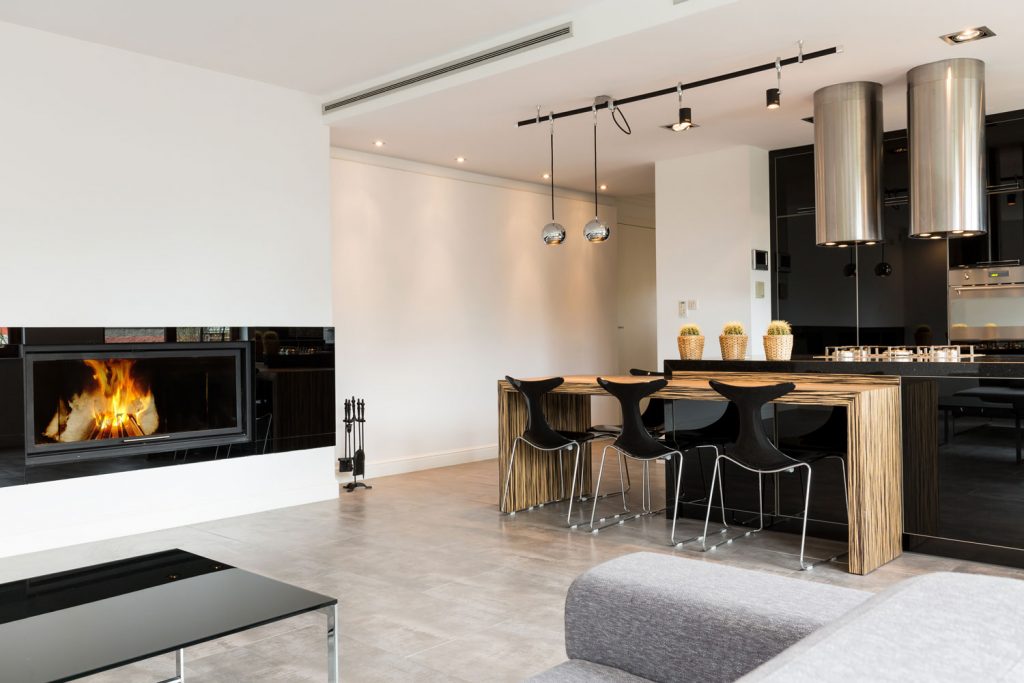
There are four types of fireplaces: electric, wood-burning, gas-burning, and ethanol-burning fireplaces.
- Electric fireplace: These are easy to install, cost-effective, and come in various designs to complement the overall look of your home.
- Wood-burning fireplace: These are the traditional style of a fireplace with an open hearth and open or closed firebox for burning. However, there is a lot of cleanup involved after you use wood-burning units.
- Gas-burning fireplace: These still come with a traditional look without the hassle of cleaning up after the fuel is all used up. Some may not even need vents or chimneys.
- Ethanol-burning fireplace: These are easy to install and also come in different styles. However, it doesn't generate a lot of heat compared to the rest.
But no matter what type of fireplace you choose, you have to decide on what size you're getting in relation to the room where you'll have it installed. It should correspond with the room size so that it's not too small nor too big for its intended use.
Fireplaces come in various sizes. The average size is 36"x30" while the smaller ones have dimensions of 24"x24". They also come in a bigger size with measurements of 48"x32". These are the typical dimensions that you will find.
Each size has a corresponding heat output:
- Small-sized fireplaces have an output of around 10,000 to 18,000 BTU which is good enough for keeping an 800 sqft room warm.
- Medium fireplaces produce 25,000 to 30,000 BTU, which is good for heating a 1,400 sqft room.
- Large units can generate 35,000 to 40,000 BTU that can make a 1,800 sqft space toasty and cozy during cold weather.
Bigger fireplaces have larger burners, that's why they have greater heat output. However, this doesn't apply to electric fireplaces as their heat output is not dependent on their size.
But since most houses don't just rely on a fireplace for their heating needs, homeowners need not follow these dimensions when deciding on the size of the fireplace. They can choose a small or big fireplace depending on the specific design of the room that they're going for.
Homeowners can choose a small fireplace if they want a minimalist look or opt for a bigger one if they want to mount the TV above the fireplace. In other words, aesthetics will ultimately influence which size homeowners will choose. It really depends on their personal preferences.
How much space do you need around a fireplace?
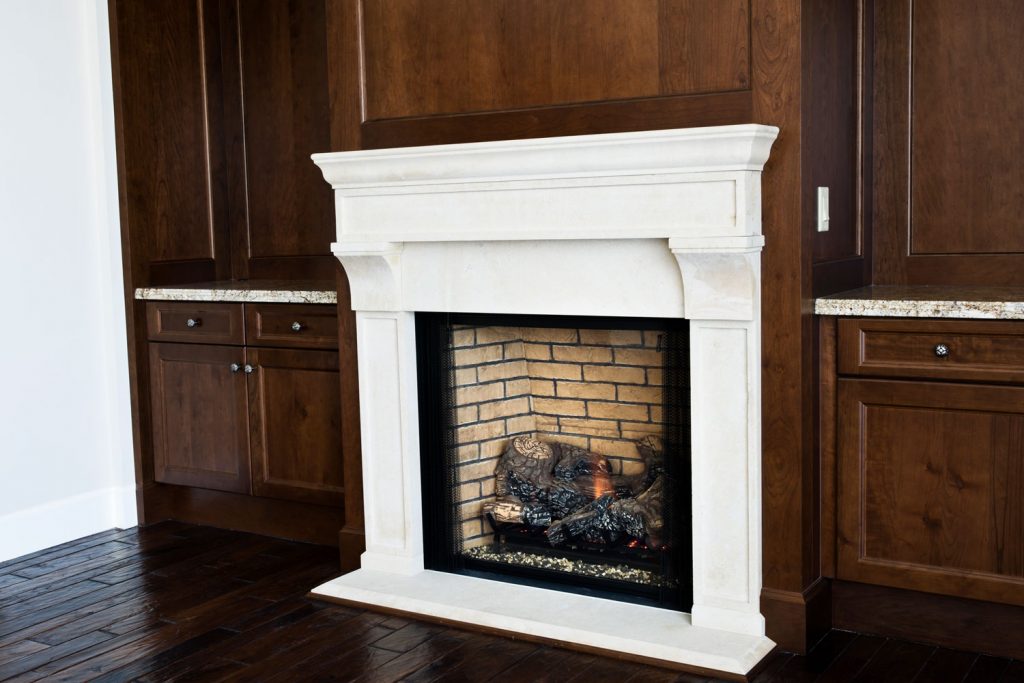
The National Fire Code has provisions for the space around a fireplace to ensure the safety of those using this feature in their homes. Any combustible materials used in the fireplace should be at least six inches away from the firebox opening, which houses the flames.
You need to add one inch of clearance for every 1/8-inch of protruding combustible material in the fireplace's mantel.
The fireplace itself should be at least 36 inches away from the walls of your home unless they are made of heat-resistant materials or are protected by some kind of insulation. Similarly, any furniture should be 36 inches away from the fireplace, even if your fireplace comes with a glass door or screen that prevents embers from popping out.
It is important to comply with these safety measures to prevent fire and any damage caused by intense heat.
Can you put a fireplace anywhere?
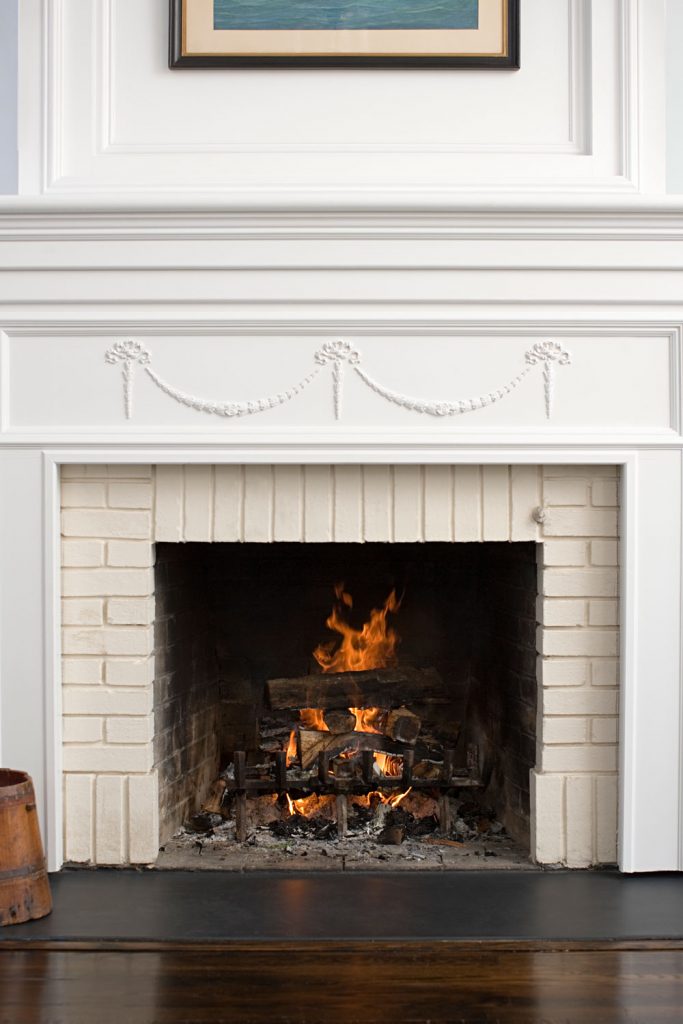
Fireplaces used to be installed on outside walls. This made ventilation more convenient. It is easier to draw in outside air and expel the exhaust gases from the combustion of wood-burning fireplaces. This also applies to direct vent gas-burning fireplaces.
Can you put laminate flooring in front of a fireplace?
It is important to install the right type of flooring around your fireplace for safety and maintenance purposes. When you choose the wrong material, it might not be able to withstand the heat and could get damaged or burned. It might also make it harder for you to clean the surrounding area if the flooring material allows dirt and soot to settle.
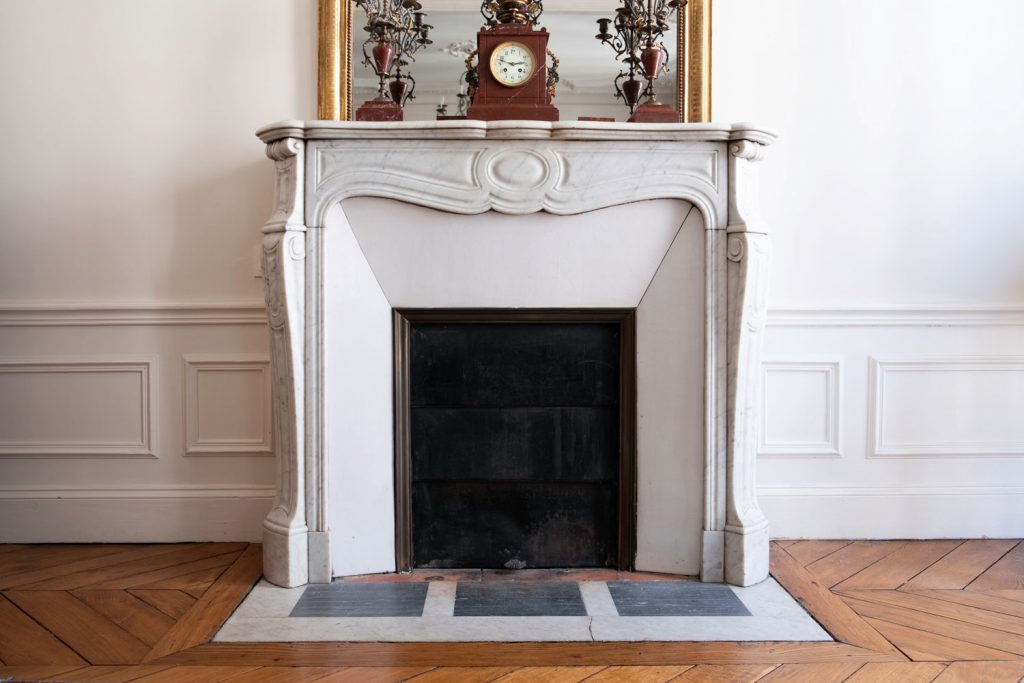
Laminate flooring is made from durable synthetic materials that make it ideal to use around a fireplace. It can endure the heat and can maintain its shape and structure despite close contact with the fireplace. It is also very easy to clean. You can just wipe off the dust and soot, and the area will be cleared of dirt.
In terms of aesthetics, laminate flooring looks like wood so it can easily complement the design of the fireplace and the room. If you want added protection for your laminate flooring, you can put a hearth rug over it. The rug will also enhance the look of your fireplace area.
Check out this hearth rug on Amazon.
Does a fireplace add value to a home?
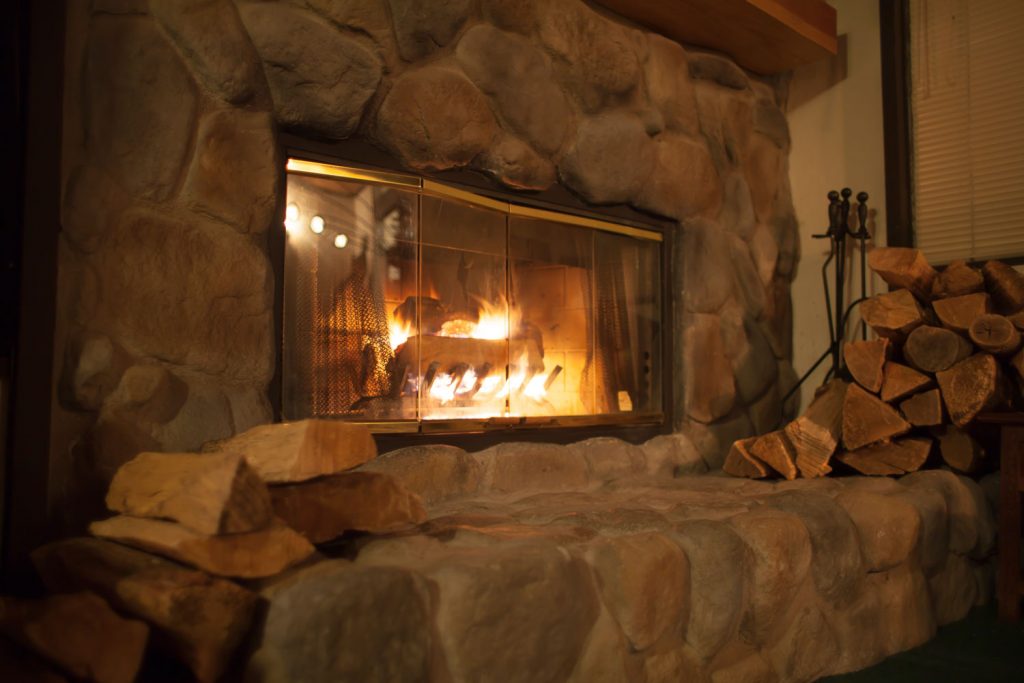
Fireplaces are the subjects of great paintings, as families have gathered together happily and cozily around these beacons of heat and comfort during cold winter nights.
However, fireplaces aren't a common feature in most homes nowadays. Most of the time, they are seen in luxury homes. This is due to the fact that many homeowners are trying to cut down on costs and would forego a costly amenity such as a fireplace.
According to reports, many homeowners and buyers don't see fireplaces as a necessity. The truth is, the main advantage that fireplaces now provide is the cozy ambiance that they add to the room.
But this is overshadowed by the hassles of buying and storing firewood and the maintenance involved. Energy-efficient heating systems are preferred by practical buyers.
But this doesn't mean that fireplaces don't add value to a home. They do, especially the wood-burning and gas-burning types. However, average home buyers aren't just likely to want to pay extra for this kind of amenity.
This means that it is harder to sell a home with a fireplace since it is more expensive than one that doesn't have one. That's why it's more common to find them in luxury homes since these buyers typically have the budget for it.
Final Thoughts
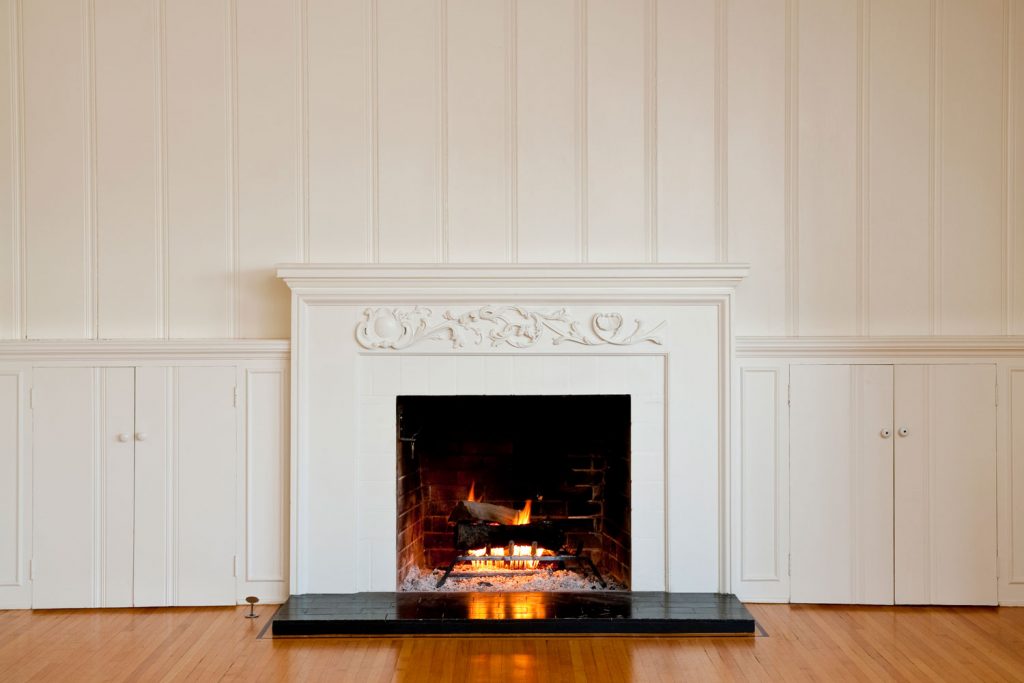
A fireplace can be small or big. You need to get an appropriate size depending on the size of your room. It depends on your particular heating needs. But since most homes have a central heating system or heaters, fireplaces are particularly used to enhance the room's design and ambiance, influencing how small or big the fireplace needs to be.
To read more about fireplaces, you may visit the following posts:

